Your day starts with a plan, tackle that work project, hit the gym, maybe even organize your desk. But then—ping!—a notification pulls you in. An hour later, you’re deep in social media, emails, or a random video about “life hacks” and you can’t you can get things done daily. Sound familiar?
You’re not alone. Distractions are like quicksand, sucking away your time and leaving you frustrated, your to-do list untouched. You’re ambitious, ready to crush your goals, but the constant buzz of life keeps derailing you.
The good news is that you can get things done daily by mastering the art of resisting distractions. It’s not about willpower alone—it’s about building systems that keep you focused and productive.
With mental discipline for success, you can turn chaotic days into purposeful wins, whether it’s nailing a deadline, learning a skill, or simply feeling accomplished. This post shares five practical steps to help you get things done daily, blending heart-pounding stories and actionable frameworks to fuel your productivity.
Ready to reclaim your time and feel unstoppable? Let’s dive in and make today count.
Why Distractions Derail Your Productivity
Distractions aren’t just annoying—they’re productivity killers. Imagine Priya, a freelance writer, aiming to finish a client proposal. A text from a friend spirals into a 30-minute chat, and soon she’s scrolling news feeds, her deadline looming. That’s the trap: distractions hijack your focus, scatter your energy, and leave you feeling behind.
Whether it’s notifications, family interruptions, or your own wandering mind, these disruptions break your flow, making it harder to get things done daily.
Your brain loves novelty—each ping or pop-up triggers a dopamine hit, pulling you away from meaningful tasks. Over time, this creates a cycle of procrastination and stress, dimming your sense of accomplishment.
But you can break free with mental discipline for success, using structured steps to get things done daily. Let’s explore how to resist distractions and turn your intentions into reality.
What Does It Mean to Get Things Done Daily?
To get things done daily is to consistently complete tasks that move you toward your goals, no matter how small. It’s not about perfection—it’s about progress, like finishing a report, exercising, or even planning tomorrow’s priorities. Think of it as stacking wins, building momentum that fuels confidence and purpose.
For example, Sam, a marketing coordinator, used to end days feeling unproductive, distracted by emails and social media. By focusing on one key task daily, he started completing projects faster, earning praise from his boss. Get things done daily by creating systems to minimize distractions and maximize focus. The five steps below will show you how to build these habits and reclaim your productivity.
13 Steps to Resist Distractions and Get Things Done Daily
Step 1: Identify Your Distraction Triggers
Why It Works
Distractions thrive in the shadows—knowing what pulls you off track gives you power to stop them. Identifying triggers helps you get things done daily by clearing mental clutter, sparking serotonin through control and clarity.
How to Do It
Spend 5 minutes journaling: “What distracts me most? When does it happen?” Common culprits include phone notifications, cluttered workspaces, or even stress-induced procrastination. List your top three triggers and note their patterns. For instance, Emma, a teacher, realized her mid-morning social media checks derailed lesson planning. She silenced her phone during work hours, boosting her output.
- Actionable Insight: Use a “distraction log” to track interruptions for one day, noting what pulls you away.
- Mini-Story: Jamal, a student, kept losing study time to group chats. Logging his distractions helped him mute notifications, finishing assignments faster.
- Try This: For one week, journal 5 minutes daily to identify your top distraction triggers and their patterns.
Step 2: Create a Distraction-Free Environment to Get Things Done Daily
Why It Works
Your environment shapes your focus. A chaotic space or constant notifications sabotage productivity. Crafting a distraction-free zone helps you get things done daily, triggering dopamine with each task completed.
How to Do It
Set up a dedicated workspace: clear your desk, silence phone notifications, and use apps like Freedom to block distracting sites. Designate “focus hours” (e.g., 9–10 AM) for deep work. For example, Lisa, a project manager, struggled with email pop-ups. She turned off notifications and set a clean desk, finishing reports 30% faster.
- Actionable Insight: Place a “focus mode” sign on your desk to signal uninterrupted time to others.
- Mini-Story: Alex, a parent, was distracted by household noise. A quiet corner with noise-canceling headphones helped him tackle work daily.
- Try This: For one week, set up a distraction-free workspace and test one focus hour daily, noting productivity shifts.
Step 3: Prioritize One Key Task Each Day
Why It Works
Overloaded to-do lists breed overwhelm, inviting distractions. Focusing on one critical task daily ensures progress, using mental discipline for success to get things done daily, fostering serotonin through accomplishment.
How to Do It
Each evening, write down one “must-do” task for tomorrow that aligns with your goals, like drafting a proposal or exercising. Use the “one thing” rule: complete it before tackling lesser tasks. Take Maya, a small business owner, who felt swamped until she prioritized one daily task, like updating her website, growing her sales steadily.
- Actionable Insight: Use a sticky note for your daily “must-do” task, placing it on your monitor for visibility.
- Mini-Story: Tom, a freelancer, juggled too many tasks. Prioritizing one daily pitch led to landing a dream client.
- Try This: For one week, choose one key task each evening and complete it first the next day, tracking your progress.
Step 4: Use Time-Blocking to Get Things Done Daily
Why It Works
Random schedules invite distractions. Time-blocking structures your day, ensuring focus on priorities. This step helps you get things done daily, triggering dopamine through structured wins and oxytocin via balanced time for work and life.
How to Do It
Plan your day in 25-minute blocks (Pomodoro technique): assign specific tasks, like “write report” or “study.” Include breaks to recharge. Use a digital calendar or notebook to map it out. For instance, Rachel, a nurse, used time-blocking to study for a certification during breaks, passing her exam with ease.
- Actionable Insight: Color-code your blocks (e.g., blue for work, green for personal) for visual clarity.
- Mini-Story: Sarah, a student, kept procrastinating. Time-blocking her study sessions helped her ace her finals.
- Try This: For one week, time-block your day in 25-minute chunks and follow it, noting how many tasks you complete.
Step 5: Build a Reward System for Consistency
Why It Works
Rewards reinforce habits, making focus addictive. Celebrating small wins helps you get things done daily, using mental discipline for success to sustain effort, sparking endorphins through joy and serotonin via pride.
How to Do It
After completing your daily key task, reward yourself with something small—like a coffee break, a favorite song, or 10 minutes of a show. Track your wins in a journal to see progress. For example, Leo, an accountant, rewarded himself with a walk after finishing reports, staying consistent and stress-free.
- Actionable Insight: Create a “win jar”—add a coin for each task completed, then spend it on a treat monthly.
- Mini-Story: Ana, a writer, struggled with deadlines. A post-task treat (chocolate) kept her writing daily, publishing her first book.
- Try This: For one week, reward yourself after your daily key task and journal how it boosts your motivation.
Step 6: Start with a 5-Minute Jumpstart Ritual
Why It Works
Your brain resists big, undefined tasks. But a small “entry point” activates momentum. A 5-minute ritual helps you get things done daily by lowering friction, triggering dopamine through quick wins, and building trust with your subconscious.
How to Do It
Before beginning any focus session, do the same 5-minute ritual: drink water, light a candle, open your planner, or stretch. This routine signals “work mode” to your brain. Josh, a remote worker, starts with 5 minutes of silence and goal review—his mind now snaps into focus like a switch.
- Actionable Insight: Create a 3-step ritual: 1 physical (e.g., stretch), 1 mental (e.g., read goal), and 1 sensory (e.g., tea, music).
- Mini-Story: Priya, a designer, used to scroll aimlessly every morning. Her new ritual—brew tea, open planner, light incense—replaced wasted time with focused creation.
- Try This: Create a 5-minute ritual and use it before any focused task this week. Notice how it changes your energy.
Step 7: Use the “2-Minute Rule” to Break Resistance
Why It Works
Procrastination often starts because the task feels too big. Starting small circumvents overwhelm and triggers endorphins. The 2-minute rule helps you get things done daily by making tasks emotionally accessible.
How to Do It
If a task takes less than 2 minutes, do it now. If it’s larger, just start with 2 minutes—like opening a doc or writing one sentence. This reduces resistance. Brian, a coder, used this to beat his overwhelm—just “write one line” got him into flow.
- Actionable Insight: Keep a list of “2-minute wins” on your phone for momentum resets throughout the day.
- Mini-Story: Lena dreaded writing emails. By telling herself to just “write the greeting,” she finished entire emails without noticing the effort.
- Try This: Each day this week, use the 2-minute rule on your most avoided task. Log how many become completed naturally.
Step 8: Eliminate the “Open Loops” in Your Brain
Why It Works
Open loops—unresolved tasks or vague commitments—consume mental bandwidth. Closing loops gives clarity, calming your mind and increasing serotonin. This mental reset helps you get things done daily with a sense of control.
How to Do It
List out all your “open loops”: unfinished tasks, conversations, decisions. Choose one each day to complete or clarify. For example, Carlos had 11 browser tabs open daily. Closing unused ones created instant relief and more focus.
- Actionable Insight: Use the “brain dump” method—write down everything on your mind for 10 minutes, then pick one item to resolve now.
- Mini-Story: Nina kept forgetting to schedule dentist visits. Writing it down and setting the appointment gave her peace—and better focus on work.
- Try This: Spend 10 minutes dumping “open loops” and close one each day this week. Track how it improves your mental space.
Step 9: Set a Social Accountability Trigger
Why It Works
Telling someone your intention increases follow-through. Social accountability triggers oxytocin and builds urgency through human connection. It helps you get things done daily because someone else is watching—cheering or expecting results.
How to Do It
Share your daily goal with one person: a friend, team, or accountability partner. Send a quick message like “I’m finishing [task] by 2 PM.” Laura used a Slack group where she posted her goals and check-ins, tripling her output.
- Actionable Insight: Use a messaging app or habit tracker that includes peer visibility, like Focusmate or a shared Google Sheet.
- Mini-Story: Kevin, a coach, was inconsistent with blog posts. He began texting his wife a “done” message every time he published—and hasn’t missed a post since.
- Try This: For the next 5 days, tell one person your task and report back when it’s done.
Step 10: Schedule “Urgency Hours” to Simulate Deadlines
Why It Works
Your brain responds powerfully to time pressure. Setting artificial deadlines triggers adrenaline and dopamine, giving you the edge to complete tasks faster and get things done daily without external pressure.
How to Do It
Set a timer for 45–60 minutes where you race the clock to complete a task. Treat it like a deadline. Jess, a copywriter, calls hers “blast mode”—she finishes proposals in half the time.
- Actionable Insight: Label one hour per day “urgency hour.” No edits, no checking—just execution.
- Mini-Story: Darren used to take 3 hours on reports. He blocked 1 “urgency hour” each day and now finishes the same work in 40 minutes.
- Try This: Pick one task today and complete it during a set “urgency hour.” Track how your speed and focus improve.
Step 11: Use Visual Anchors to Reinforce Focus
Why It Works
Visual cues remind your brain what matters. Anchors like sticky notes, symbols, or objects retrain your focus and help you get things done daily by reinforcing your intent through external memory.
How to Do It
Place visual anchors in your space—a mantra on your mirror, a sticker on your laptop, a bracelet. These small cues keep your priorities top-of-mind. Alicia wrote “One Task Only” on her desktop wallpaper—it helped break her multitasking habit.
- Actionable Insight: Use a symbol (like an arrow or checkmark) and place it near your workspace to cue action.
- Mini-Story: Ryan kept a “Do it now” note on his keyboard. Every time he touched it, it reminded him to act—not scroll.
- Try This: Create one visual anchor today and place it where you can’t miss it. Track how often it helps you redirect your attention.
Step 12: Review and Reflect Every Evening
Why It Works
Reflection turns experience into wisdom. Reviewing your day activates serotonin (from pride), dopamine (from completed tasks), and builds the mental discipline for success that strengthens your focus muscle.
How to Do It
Each night, answer three questions in a notebook:
- What did I complete today?
- What distracted me?
- What’s one thing I’ll do differently tomorrow?
Jade, a digital marketer, made this a 5-minute ritual. Her clarity skyrocketed—and so did her productivity.
- Actionable Insight: Pair this habit with a physical cue, like tea or music, to make it enjoyable and repeatable.
- Mini-Story: Ethan used to collapse into bed drained. Now, five minutes of reflection gives him peace and a plan for tomorrow.
- Try This: For one week, reflect with the 3 questions nightly. Watch how it improves your awareness and momentum.
Step 13: Start Your Day Without Consuming First
Why It Works
What you do in the first 30 minutes of your day sets the tone for the next 12 hours. Jumping into messages, news, or social media overloads your mind with other people’s priorities. Choosing to create before consuming helps you get things done daily by protecting your focus, boosting dopamine through personal ownership, and setting a clear intention.
How to Do It
Before checking your phone or email, spend 10–30 minutes on your own goal: writing, planning, learning, or creating. Think of it as claiming your brain before the world tries to.
- Actionable Insight: Use airplane mode overnight and don’t disable it until after your first focused activity. This preserves your mental space and strengthens mental discipline for success.
- Mini-Story: Sofia used to wake up and scroll immediately, feeling drained by 9 AM. Now she journals and outlines her goals before checking anything — and her productivity (and mood) have soared.
- Try This: For the next 3 days, don’t check your phone or email for 30 minutes after waking. Use that time to move forward on your top goal, and write down how you feel afterward.
Make Every Day Count
Distractions don’t own you—you’re the master of your time. With these five steps—identifying triggers, creating a focused environment, prioritizing tasks, time-blocking, and rewarding wins—you can get things done daily and feel the thrill of progress.
Start today: silence your phone for one hour and tackle one task. Mental discipline for success is your path to an unstoppable life.
Ready to transform your life? Reprogram your mind with the Mental Discipline for Success System Kit. Train your subconscious to align with your goals, build confidence, and act daily. Stay laser-focused with a 30-minute tracker, learn from pros weekly, and use our digital book, 6 videos, and printables to guide your journey. Start now at mentaldisciplineforsuccess.com and achieve your success!
Your Questions About Resisting Distractions to Get Things Done Daily
To get things done daily, identify triggers like notifications, set a distraction-free workspace, and time-block tasks. Mental discipline for success keeps you focused with small, consistent actions, like silencing your phone during work hours.
Distractions like social media or interruptions exploit your brain’s love for novelty, scattering focus. Use mental discipline for success to get things done daily by prioritizing one key task and creating a focused environment.
Silence notifications, set a 25-minute timer for one task, and reward small wins. These steps help you get things done daily, using mental discipline for success to build focus fast, even in a busy world.
Habits to get things done daily can start forming in a week with daily time-blocking or prioritizing tasks. Commit to a month for lasting change, driven by mental discipline for success and consistent rewards.


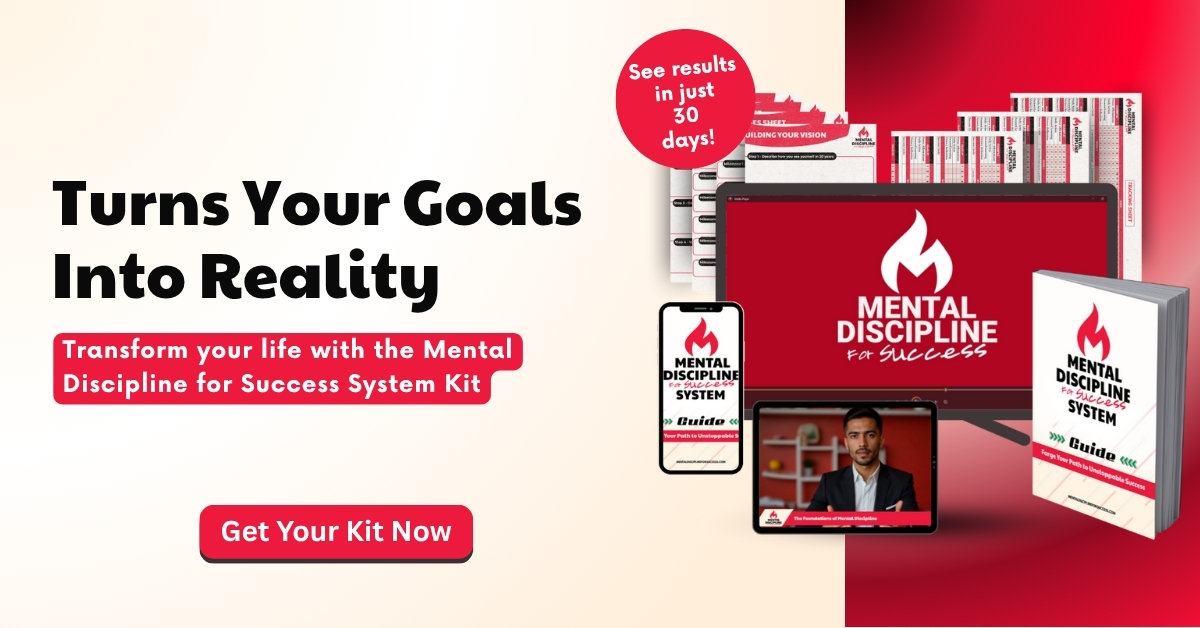

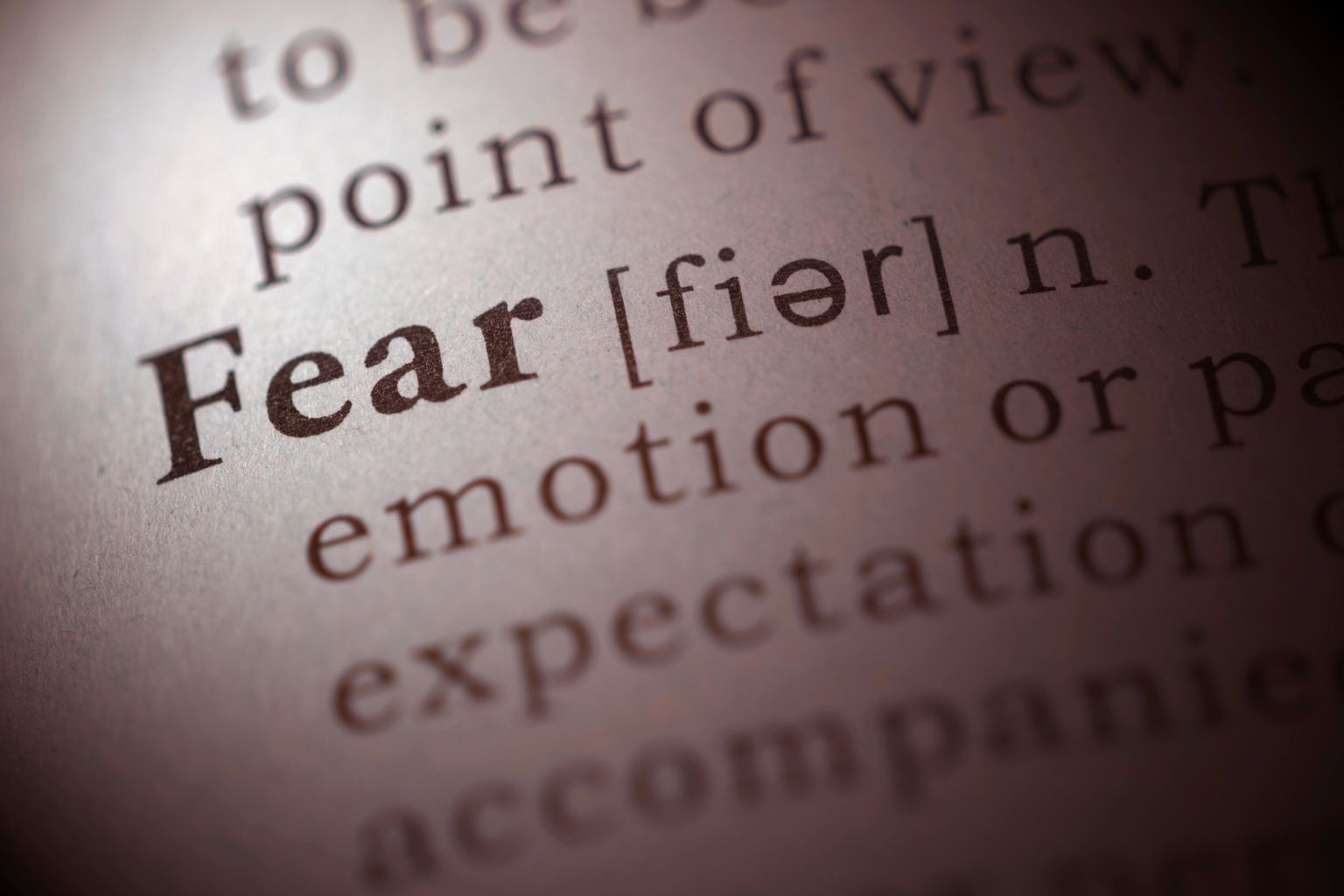



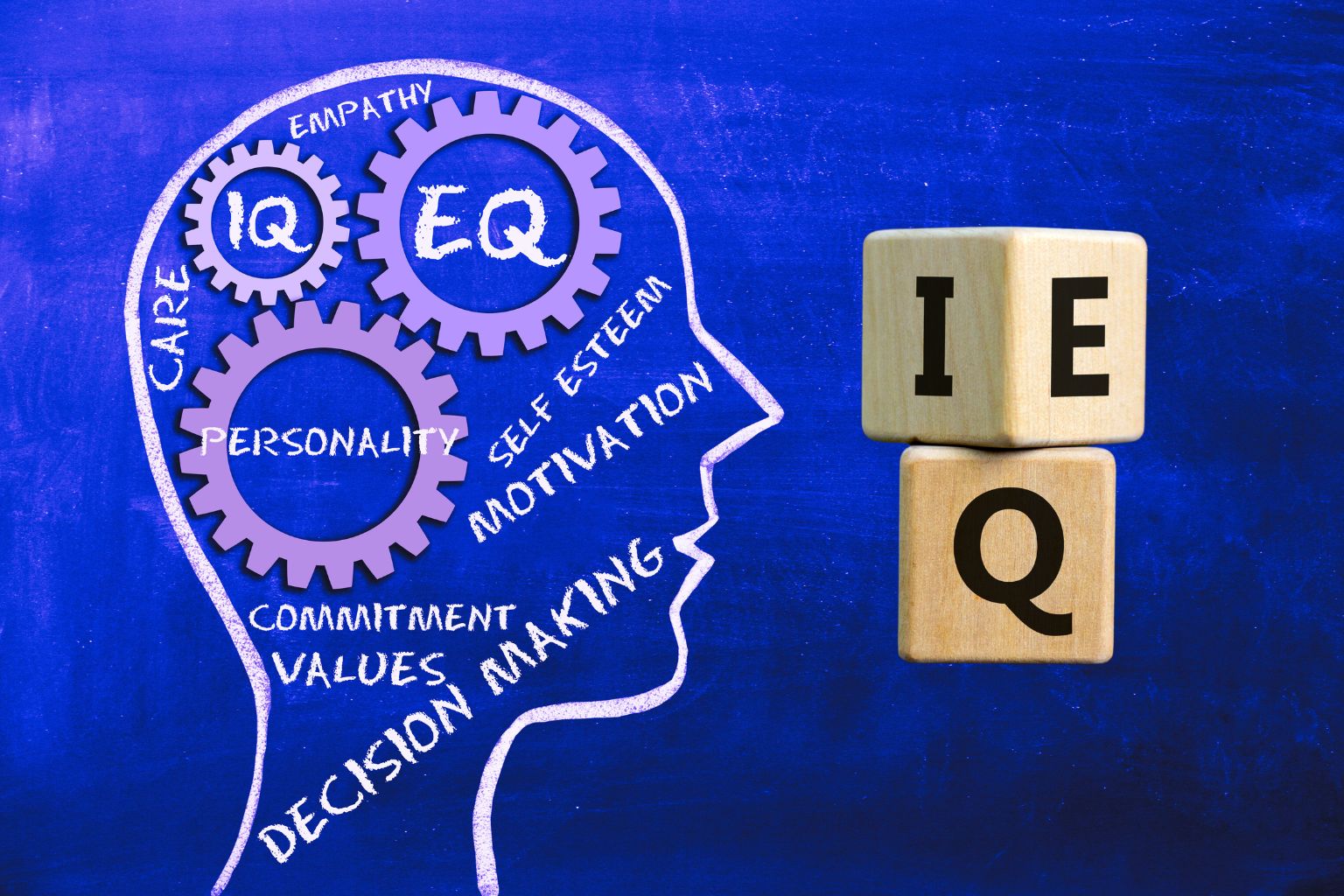


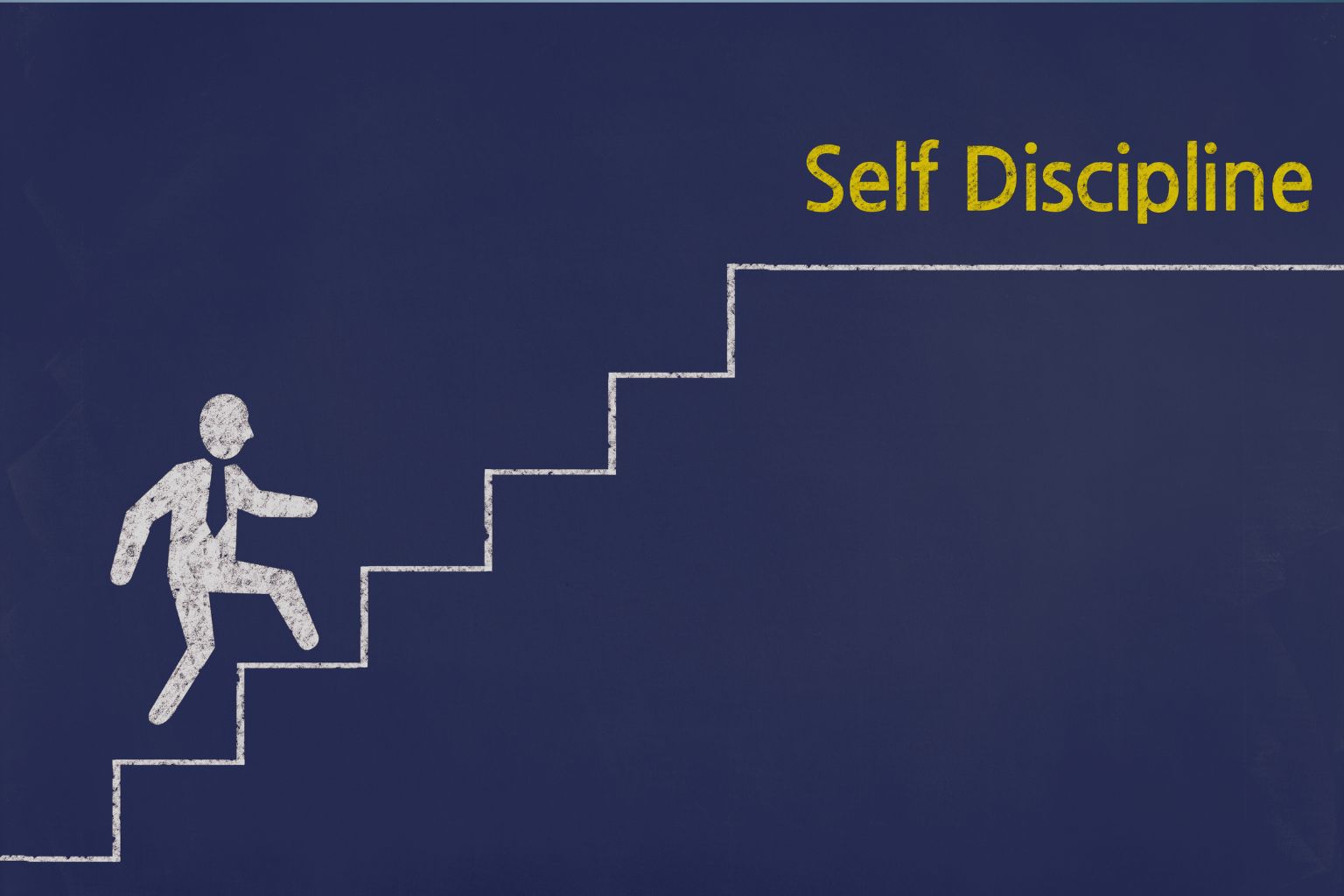

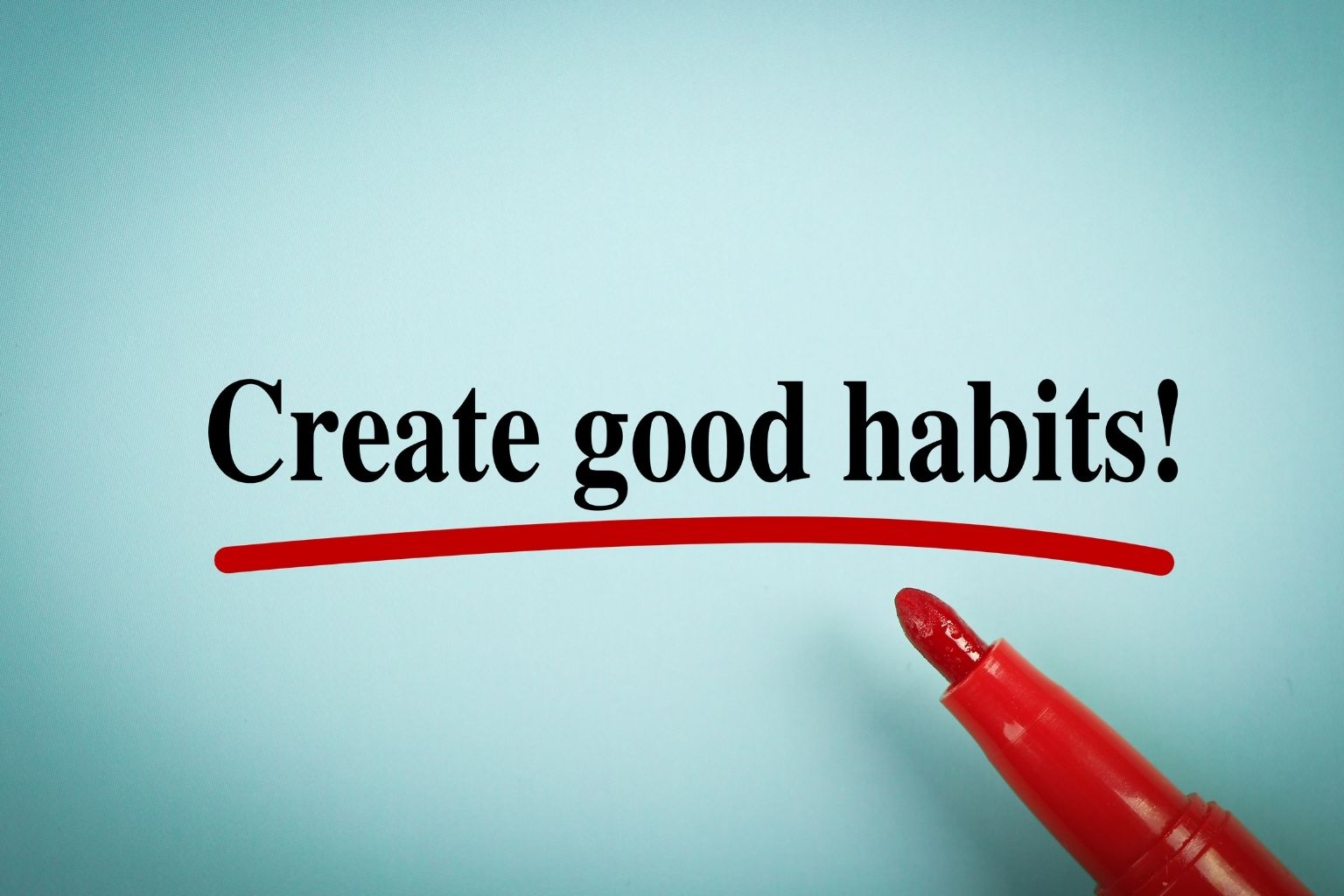



Share it!